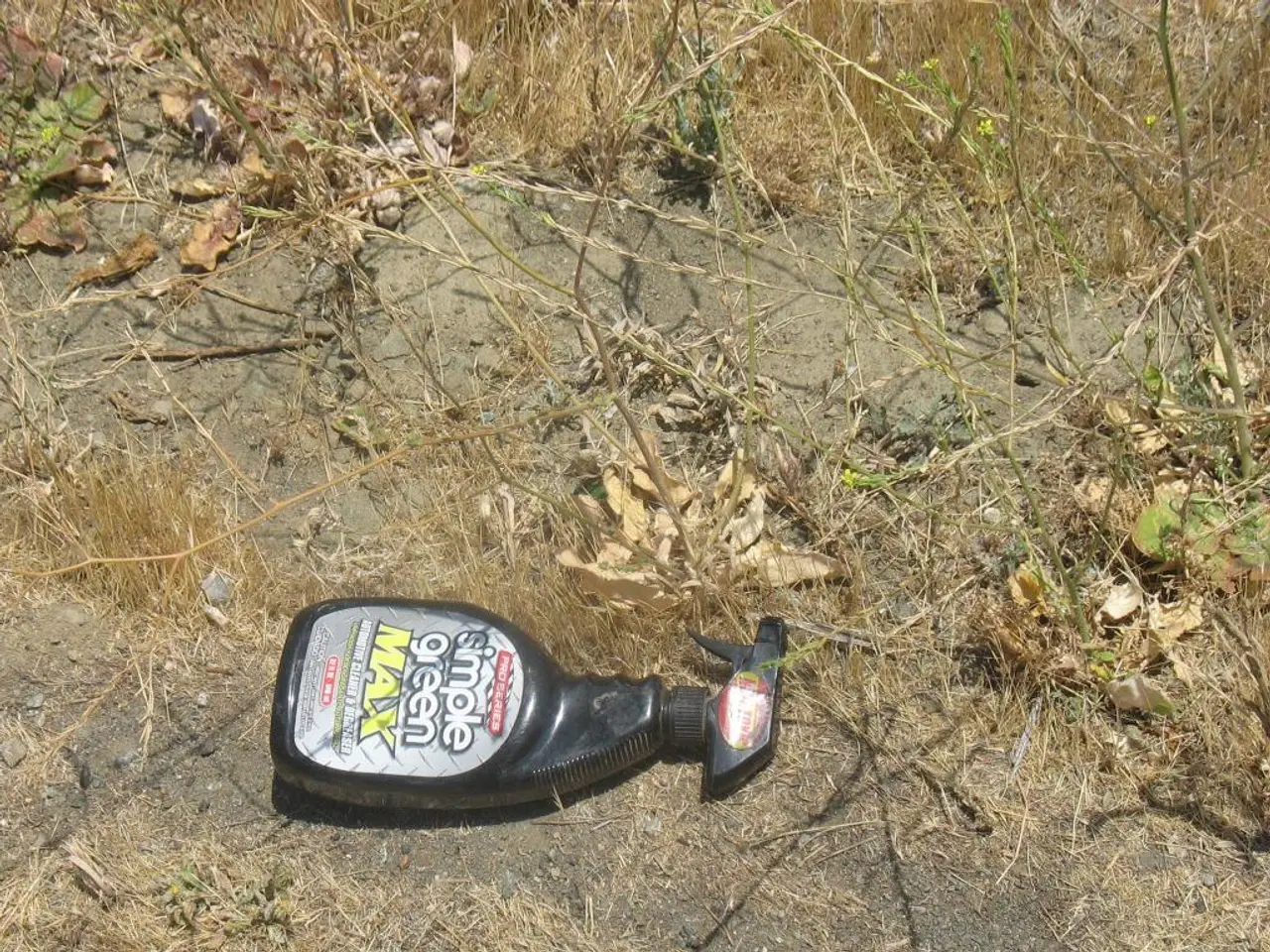Guiding Amateurs on Soil Analysis before Planting: A Handbook for New Gardeners
Gardeners can now easily test the acidity of their soil at home, thanks to a variety of simple and cost-effective methods. Here are two methods for testing soil acidity, along with additional information about testing soil health, nutrients, and type.
Testing Soil Acidity at Home
Method 1: Using pH Test Strips
- Collect Soil Samples: Gather a series of soil samples from your lawn or garden using a cup or container.
- Prepare the Soil: Mix distilled water with each sample to create a slurry or milkshake consistency. Let it sit for 15 minutes.
- Use pH Test Strips: Dip a pH test strip into each sample, following the manufacturer's instructions.
- Compare Results: Use the color chart provided with the test strips to determine the pH level of your soil.
Method 2: Baking Soda Test (Indicates Acidity)
- Moisten the Soil: Mix a little water into the soil.
- Add Baking Soda: Sprinkle baking soda on top of the moistened soil.
- Check for Reaction: If the mixture fizzes or bubbles, your soil is acidic.
These methods provide a quick and easy way to determine soil acidity at home. However, for precise measurements, particularly if you need detailed nutrient analysis, using a professional soil testing kit or sending samples to a laboratory might be more accurate.
Testing Soil Health and Nutrients
To test soil health, check for earthworms, as their presence indicates healthy soil. To test soil nutrients, collect a soil sample from several locations in the garden bed, mix them together, and remove any rocks, sticks, and debris. Shake the soil-filled jar with water for 3 minutes, then measure the amount of sediment at the bottom after 1, 4, and 24 hours to determine the amounts of sand, silt, and clay.
Testing soil type can be done through the squeeze test, ribbon test, or peanut butter jar test. To test soil pH, use a home testing kit or send a sample to a laboratory.
It's recommended to test soil every three to five years, preferably in the spring or fall before the next planting season. Nutrient-rich soil tends to be darker and crumbles off the roots of plants, while healthy roots are white with fine strands. Compacted soil restricts water and nutrient availability and prevents the movement of beneficial organisms like earthworms.
Maintaining Soil pH
If soil pH is too high or too low, amendments can be added to adjust it. Most plants prefer a neutral pH, but some plants, like azaleas, blueberries, and rhododendrons, prefer more acidic soils. At-home testing methods include using soil test kits, the water test, the vinegar and baking soda test, and pH strips.
It's recommended to test soil every few years, even if no problems have been noticed with plants. By understanding the pH and nutrient content of your soil, you can make informed decisions about fertiliser and soil amendments, diagnose and correct plant problems, and enhance plant growth.
[1] pH Test Strips [2] Baking Soda [3] Soil Test Kit [4] Laboratory Testing [5] Soil Testing Services
Read also:
- Water Chemistry Dosage Guidance from AskBRS: Understanding What, How Much, and When to Add!
- Nurturing Permafungi Cultivation: An Organic Handbook for Fungi Farming
- Emerging populace advocates for a public assembly, referred to as the People's Parliament.
- Experimenting with a TikTok weighted vest strategy transformed my functional fitness journey, proving to be an effective approach.




